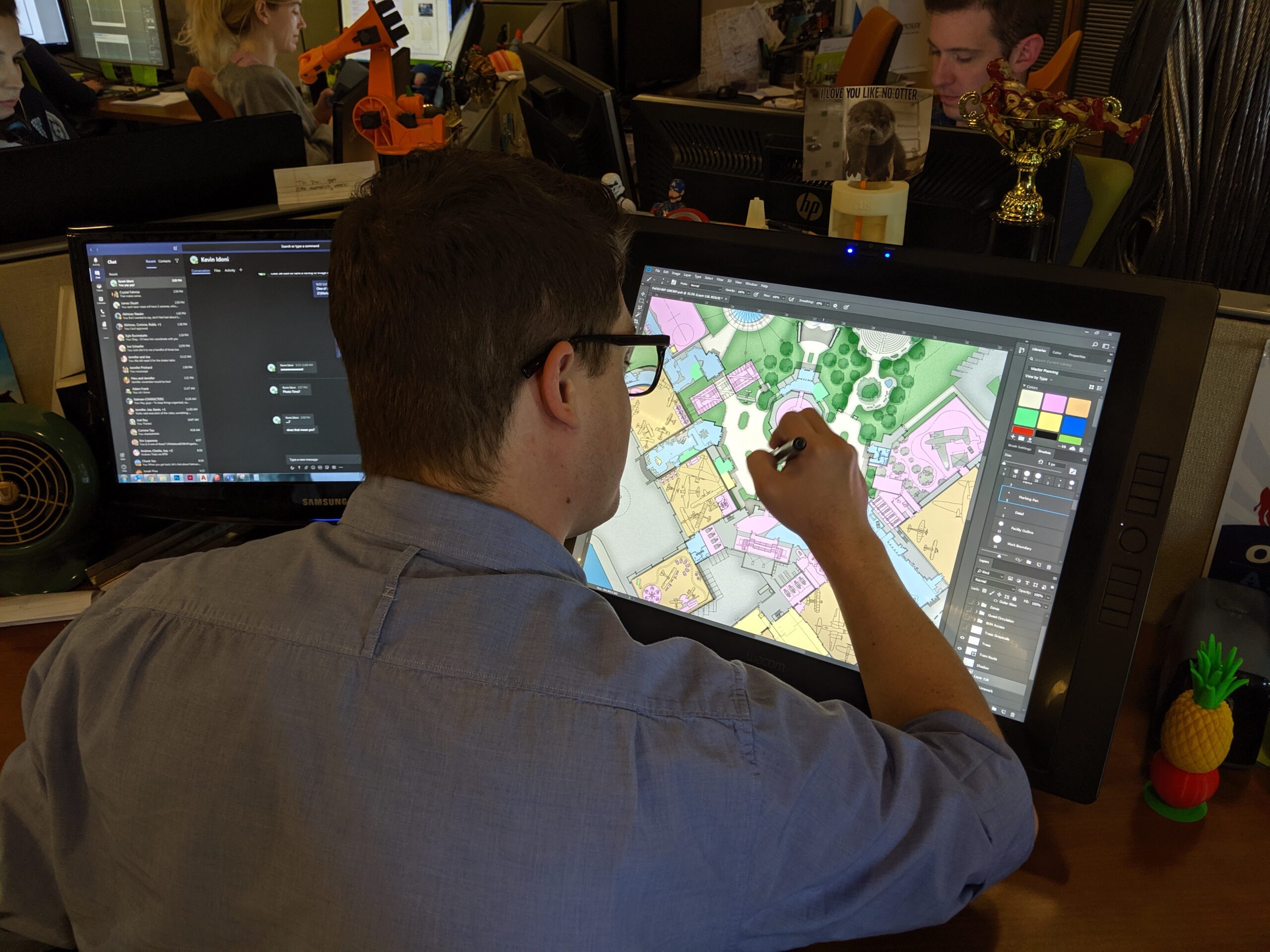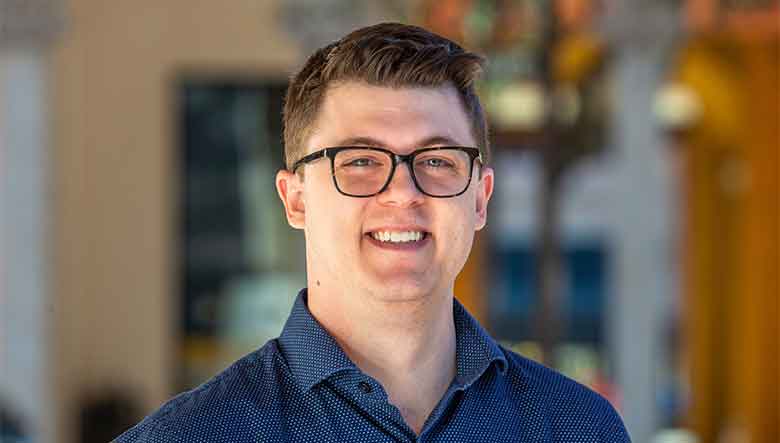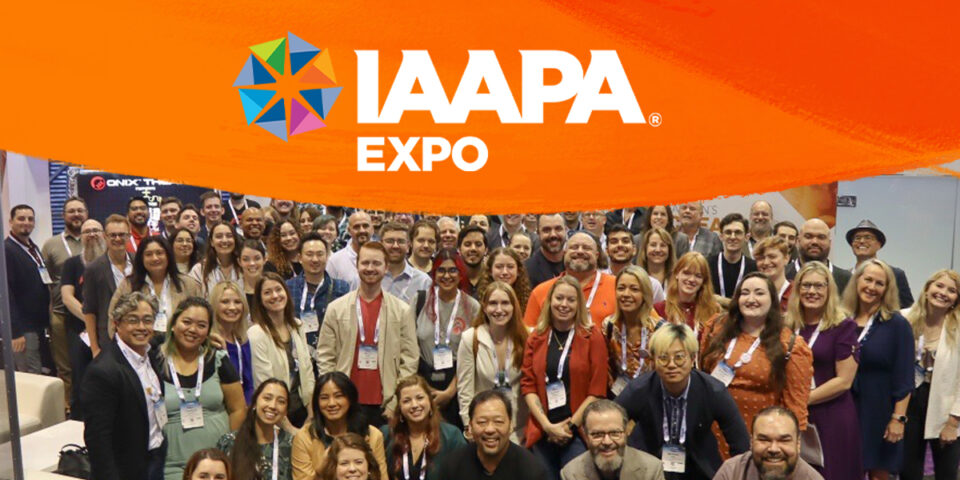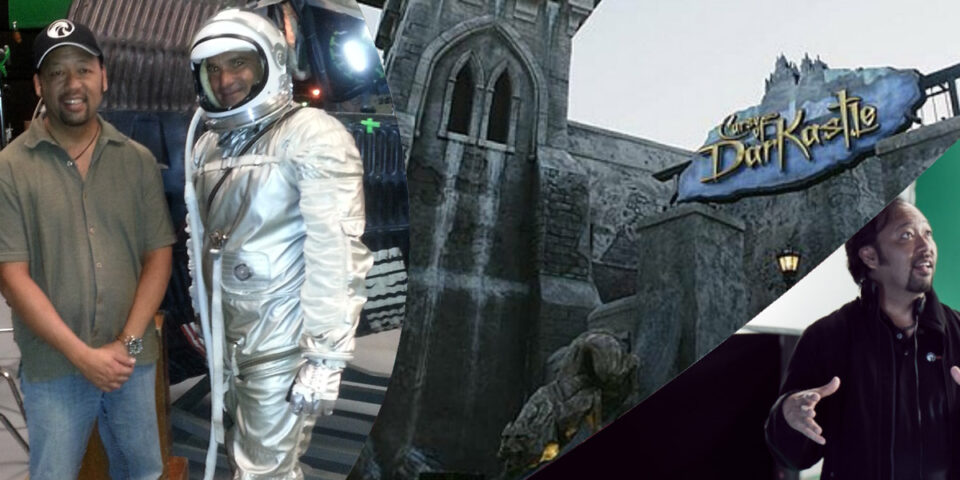How Open Space Drives Design
It's so fine and yet so terrible to stand in front of a blank canvas. – Paul Cezanne
The blank canvas, the black box, the green field, the empty space. What can, at first, feel like endless opportunities and seemingly limitless solutions can be used to define the starting point in the creative process. From master planning an entire theme park and its individual attraction design, the empty space marks the beginning of the creative journey.
Where to begin? Even a blank canvas has limitations; what’s its size? Finding the known variables, the outer boundaries of this open space begin to drive what will be created. For example, 5000 square meters in an existing development means that we probably (definitely) can’t create a multi-land theme park for 10 million guests a year. Similarly, 40 hectares of green field is less likely to be put under a roof (although, not beyond the realm of possibility).
What medium are we using on our canvas? Oils or acrylics? Do we want to be indoor or outdoor? Steel Coasters or Media-Based (or both)? Our canvas now starts to guide us on our program choices as to what is appropriate conceptually or what simply may not fit. A coaster may be out of place (both physically and programmatically) in a natural history museum but is a staple in theme parks.

Stephen working on a master plan
Breaking down and defining exactly what our empty space is and what are the limitations also drives a myriad of data-driven decisions we must make: budget/return on investment, annual/daily guest capacity, length of stay, weather protections. How many people are we expecting? Are they visiting for a full day? Just a few hours? Does it rain a lot? Snow? Would we rather be inside most of the time or out? The seemingly endless factors we must consider in theme park design and master planning all have a basis in our definition of our space.
Not only can this empty space be a starting point for master planning and attraction design but can also be an asset within theme park design. Creating empty spaces can be as useful a tool to shape the guest experience as is deciding what to do with them. Communal gathering spaces within a theme park plays an important role in placemaking by enveloping us in the core essence of the park – one area where we, as guests, decide in which direction to go and a place in which we are presented with the essence of this world. Is it a place of adventure? A place of thrills? A place of whimsy? Perhaps a spectrum of various experiences? Here is our chance to define the guest experience by surrounding this space with a holistic vision of the world we are to create.
As with any challenge we may face, we should look at how a problem can become an asset (as I tend to say a lot: If you can't hide it, embrace it). Being confronted by the blank canvas in front of us can be daunting; a seemingly insurmountable obstacle in the face of creativity. By flipping the problem into a solution, we start to find the edges of the canvas; understanding its size, what kind of medium we should use, what kinds of tools. Pretty amazing how nothing but an empty space can be filled with so many questions (and so many answers). Now that we know with what we are working, now we must only decide what scene, what story we are painting.
With the canvas ready, we are set to prime our emptiness with rich stories. That quintessential foundation which permeates through every layer we build on top. Establishing our reasoning in these first strokes, we can then begin to play with the composition on our canvas; the adjacencies/bubble diagrams, the massing. Layer after layer we sharpen our world, alla prima, filling in the details on our canvas with artwork and plans and diagrams until, finally, we take a step back and admire our collective work. Our blank canvas, the seemingly insurmountable emptiness is completed; drying and ready for hungry eyes to take in.

Lotte World Adventure Shenyang
So much of the end-product, what the guest experiences in a theme park or an attraction, begins with this empty space. It becomes the foundation on which all the narrative lore is built upon and with our brushes, palette, and paint (or concept art, plans, and bulldozers) we are free to compose a simply masterful experience.
PODCAST EPISODE
The Art Of Master Planning
In this episode, we sit down with Creative Director Mike Wallace and Associate Creative Director Stephen Ricker to discuss the art of master planning.
It is a fascinating episode that details how we start the design process when creating vast spaces.




